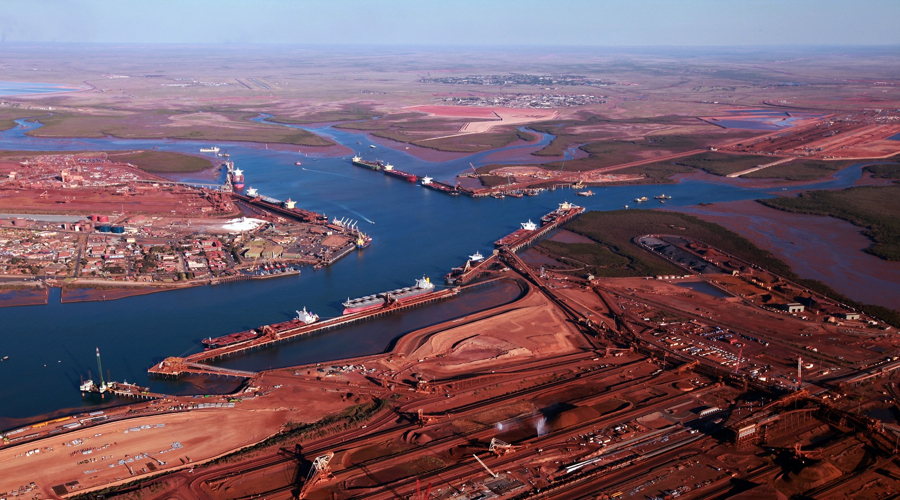Biggest miner says China’s shift to quality iron-ore will hold

BHP Billiton Ltd., the world’s biggest miner, forecasts reforms in China’s steel sector will continue to hand an advantage to suppliers of higher-quality iron ore and coking coal as consumption of the alloy keeps growing well into the next decade.
Steel mills are likely to retain about two-thirds of the improvements in margins seen since a push began in China in late 2015 to reduce excess capacity and meet more stringent environmental standards, Chief Commercial Officer Arnoud Balhuizen said Monday in an interview with Bloomberg Television.
“This drove — and is driving — a continuous demand for higher-quality raw materials,” which has resulted in wider spreads between premium and lower-grade iron ore and coking coal, Balhuizen said. “We think these price differentials will be sustained — for at least two-thirds of what we have seen last year.”
Steel mill profitability peaked in December and slumped through March before rebounding, according to a Bloomberg Intelligence index of basic oxygen furnace steel manufacturers. Profitability of steel companies in Asia will remain stable in 2018, underpinned by demand and capacity cuts, Moody’s Investors Service said in a February note.
China’s reforms to its steel industry are shifting from a focus on removing capacity to upgrading operations, according to BHP’s Balhuizen. Meeting both emissions curbs and targets to lift longer-term utilization rates to 80 percent mean the sector will favor large, coastal mills using cleaner, premium steelmaking materials.
It’s an argument rejected by some competitors, including Perth-based Fortescue Metals Group Ltd., which exports a lower-grade iron ore and said last month mills have flagged they’ll seek out cheaper raw materials as profitability declines.
A discount on 58 percent grade iron ore from benchmark 62 percent content material has narrowed to about $12.75 metric a ton from $16.50 a ton in September, according to Mysteel.com data.
BHP forecasts “slow, but sustainable growth” in China steel consumption of about 1 percent a year through the mid-2020s, supported by opportunities from the Belt and Road initiative, Balhuizen said. “Towards the end of the next decade, we see a slow demand tapering for steel, as well as iron ore.”
The producer has no current plans to lift output beyond a target of 290 million metric tons, according to Balhuizen. Adding the planned South Flank development to replace the retiring Yandi mine will lift BHP’s average iron ore grade and can help meet demand for quality inputs. “It plays well in the direction we see in the Chinese steel industry,” he said.
More News
{{ commodity.name }}
{{ post.title }}
{{ post.date }}

Comments